Audio cables seem simple on the surface, but there's actually a huge amount of variety in terms of connectors, construction quality, transmission methods and compatibility with various A/V components. This guide will demystify things so you buy the right cables for your gear.
We'll cover all the common audio cable types from analog to digital, when you'd use them, and what to look for in a quality cable. Let's dive in!.

Table of content
RCA Cables

RCA cables, sometimes called phono connectors or cinch cables, have been around since the 1940s and were widely used in early home stereo systems. The cables transmit an analog audio signal and have a distinct red and white connector color scheme.
Pros:
- Inexpensive and easy to find
- Compatible with most older analog audio gear
- Easy push-in connectors
Cons:
- Prone to interference and signal degradation
- Limited audio quality due to analog transmission
- Often only support 2-channel (stereo) audio
While less common in modern setups, RCA cables still have their place for connecting things like:
- Turntables
- CD players
- Cassette decks
- VCRs
- Older amps/receivers
- Some TVs and multimedia devices
One tip when using RCA cables is to keep them reasonably short - less than 10 feet if possible. This avoids interference and signal loss. It also prevents cable strain over long stretches degrading the thin analog signal path.
Pay attention to connector quality too. Poor manufacturing leads to loose fitment into jacks, cutting out channels or requiring jiggling of cables to function properly. This interferes with sound quality.
For most applications though, upgraded cables like optical or HDMI are recommended if available on both connected devices.
Recommended RCA Cables from CableTime
|
Cable |
Description |
Price |
|
Effortlessly connect your laptop’s 3.5mm port to RCA devices such as TVs, amplifiers, speakers, and DVD players using these high-quality 3.5mm male to RCA female cables for an enhanced audio experience. |
$5.19 |
|
|
Easily connect your laptop's 3.5mm port to RCA-equipped devices like TVs, amplifiers, speakers, and DVD players with these high-quality 3.5mm male to RCA female cables for a rich audio experience. |
$5.99 |
3.5mm Cables

The 3.5mm connector is a mini-jack cable standard used in all kinds of modern audio devices. Also called a headphone jack, it carries analog stereo audio signals.
3.5mm cables are ubiquitous - used in things like:
- Headphones
- Phone headsets
- Portable speakers
- Car audio players
- Laptops, tablets and desktop PCs
Pros:
- Compact connector takes up minimal space
- Simple analog audio transmission
- Nearly universal compatibility with audio devices
Cons:
- Durability issues with connector joints over time
- Analog signal degrades at longer lengths
- Limitations in supporting high-bandwidth audio
If you need to drive headphones or portable speakers, connect devices like phones or tablets to an aux input, or feed analog audio between computer devices, a 3.5mm cable is usually the easiest solution.
For the best compatibility, I recommend getting 3.5mm cables with:
- Reinforced connector joints
- High-quality copper conductors
- Proper shielding to minimize interference
Like those offered by CableTime:
Recommended 3.5mm Cables from CableTime
|
Cable |
Description |
Price |
|
Use this 90-degree right angle aux cable to connect your iPad, iPhone, or media player to car stereos, home stereos, or portable speakers. Compatible with any device with a 3.5mm aux port. |
$4.99 |
|
|
This 3.5mm male-to-male stereo audio cable is compatible with most 3.5mm devices like car stereos, speakers, smartphones, and tablets, allowing you to enjoy your music anywhere. |
$2.99 |
XLR Cables

XLR connectors have three pins and are widely used in professional audio equipment like microphones, mixing boards, stage equipment, and high-end consumer gear.
Pros:
- Balanced audio signal resists interference
- Rugged build quality stands up to heavy use
- Locking connectors prevent devices disconnecting accidentally
Cons:
- Bulkier and less convenient than 3.5mm
- Requires XLR inputs/outputs to function
- Generally more expensive
If sound quality is your top concern - especially over long cable runs - XLR is the best connectivity option. The cables carry balanced audio signals, meaning they use two conductors to transmit the same signal. If any outside interference occurs, the receiving device can filter it out by comparing the two channels.
This makes XLR cables ideally suited to:
- Recording studio gear
- PA systems
- High-end amps & speakers
- Microphones
- Digital pianos
- Broadcast equipment
When shopping for XLR cables, you'll see references to things like XLR3, XLR5 and XLR6. This refers to the number of pins in the connector.
- 3 pins is standard for balanced stereo audio
- 5 pins supports stereo PLUS additional control signals
- 6 pins extends this with dual power lines
So don't worry too much about those numbers. Just match the connectors to your gear and you'll be set. Pay more attention to the cable quality itself - look for tough outer jacketing, and heavy gauge internal wiring that won't break down with repeated bending and handling.
Choose an appropriate length for your needs too. Don't buy a 100ft stage cable for a 10ft studio mic rig - excessive coiling causes issues.
Recommended XLR Cables
|
Cable |
Description |
Price |
|
Standard microphone cable |
$8.77 |
|
|
Extra long, stage/studio use |
$15.19 |
Optical (TOSLINK) Cables

Optical cables, also called TOSLINK, transmit audio signals via pulses of light rather than electrical signals. This makes them ideal for sending digital audio between devices without any analog conversion stages that could degrade quality.
Pros:
- Perfect digital audio signal transmission
- Total immunity to electrical interference
- Support multiple audio channels
Cons:
- Requires optical inputs and outputs
- Limited cable bend radius
- Fragile connectors
Because of these advantages, optical cables thrive in home theater applications. Almost all modern TVs, receivers, streamers, media players, and game consoles with digital audio connections have TOSLINK ports. The cables carry multichannel signals, supporting advanced surround sound formats like Dolby Digital and DTS.

Optical cables are also useful in fancier stereo setups, since they isolate sensitive audio components from any electrical interference while still delivering perfect digital signal transfer between devices.
Just take care not to violate the minimum bend radius or apply pressure which could break the internal glass fibers or connector joints.
We recommend CableTime's TOSLINK cables which feature reinforced metal connector housing and flexible PVC jacketing:
Recommended TOSLINK Cables from CableTime
|
Cable |
Description |
Price |
|
Standard length, home theater use |
$3.59 |
|
|
Long run for bigger rooms |
$9.99 |
Balanced vs. Unbalanced Cables
These refer to the way audio signals are transmitted over cables between devices:
Unbalanced cables use a single conductor to carry the audio signal, with the return path shared via a common ground wire. Unbalanced connections are cheap and simple to implement, commonly used in things like guitar cables, consumer equipment, and basic recording gear.
Balanced cables feature two conductors - one to carry the signal, the other carrying its inverted copy. This provides much better noise rejection since any interference impacts both lines equally, which the receiving end can cancel out. Professional audio gear uses balanced XLR or TRS connections since they transmit clean audio signals over long distances.
Should you use balanced cables?
If you solely have consumer gear like phones, laptops, or basic stereo components, unbalanced RCA and 3.5mm cables are fine since cable runs are short.

For home theater, we recommend upgrading unbalanced HDMI cables or optical audio cables. This avoids any audio degradation from electrical interference while still supporting multichannel audio. Optical provides perfect digital transfer while HDMI handles both digital video and audio over a single cable.
Those with pro recording equipment, expensive amps & speakers, or long cable distances will benefit from balanced XLR or TRS cables:
Recommended Balanced Cables
|
Cable |
Description |
Price |
|
Connect pro mic to camera/mixer |
$11.99 |
|
|
Extend balanced signal path |
$8.59 |
USB Audio Cables
With the steady march towards digital connectivity, USB cables play a growing role in transmitting audio signals between devices. They handle both digital and power delivery through a single compact port.
Modern mixers, audio interfaces, speakers, turntables, keyboards and other gear now feature USB connections to integrate with computers and mobile devices. High-resolution USB DACs (digital-to-analog converters) also allow audiophiles to play lossless audio on laptops and phones.
Pros:
- Compact and convenient to use
- Powers small devices like DACs
- Enables software control of parameters
Cons:
- Limited cable length performance
- Can introduce electrical noise without proper isolation
To harness pristine digital audio while avoiding the pitfalls of USB connectivity, quality cables are essential. Look for USB cords with:
- High gauge power & data lines
- Integrated ferrite chokes to filter noise
- Tough nylon or PVC outer jacket
These help ensure glitch-free operation for pro audio equipment, recording, or playback.
Pay attention to the USB version too - USB 2.0 works for basic stereo audio interfacing while USB 3/3.1/USB-C offers higher bandwidth for multichannel audio and lower latency.
We recommend Cabletime's cables supporting the latest USB 3.2 Gen 2x2 standard up to 20Gbps:
Recommended USB Cables from CableTime
|
Cable |
Description |
Price |
|
This USB Type C to C cable offers fast 20Gbps data transfer, monitor expansion, and backward compatibility with USB 3.2, 3.1, 3.0, and 2.0. |
$9.49 |
|
|
Enhance your connectivity with CABLETIME's 90-degree USB C to C cable, offering 20Gbps data transfers, 100W charging, 4K video output, and extended durability. |
$10.99 |
Conclusion
The digital audio revolution opened the door to a variety of cable connection standards and options. While this gives great flexibility, it also requires some savvy when hooking up an audio system to achieve the best sound.
Understanding modern protocols like USB, TOSLINK, and HDMI along with classic analog options like XLR, RCA, and 3.5mm is crucial. Matches devices based on their supported formats, quality requirements, and connectivity challenges.
With the right cables in your toolbox catered to each source and listening equipment, you’ll avoid compatibility issues, signal loss, unwanted noise and distortion. That lets the pristine digital bits or warm analog waves shine through.
Hopefully this guide has provided a solid foundation for demystifying audio cable types and uses. Time to wire up your gear and start listening!
5 Related Questions Readers May Ask
- Can I use RCA cables for digital audio signals?RCA cables usually carry analog signals, but some RCA connectors are used for digital coaxial audio, which sends SPDIF signals. Use optical or HDMI cables instead to send digital audio.
- What are the advantages of using XLR cables over 3.5mm cables?XLR cables support balanced audio transmission over long distances, greatly reducing interference. They’re built ruggedly for pro gear.
- How do I know if my audio device supports optical cables?Check if your device has any ports featuring a rectangular shape with a flap cover - likely TOSLINK optical connectors.
- Are balanced cables necessary for home audio setups?Usually not for shorter cable runs. However they prevent interference ruining quality as systems scale up.
- Can USB audio cables be used with all types of audio devices?USB ports are showing up on more and more gear, but always check your components have either host ports (connect to PCs) or client ports (connect TO PCs) present.

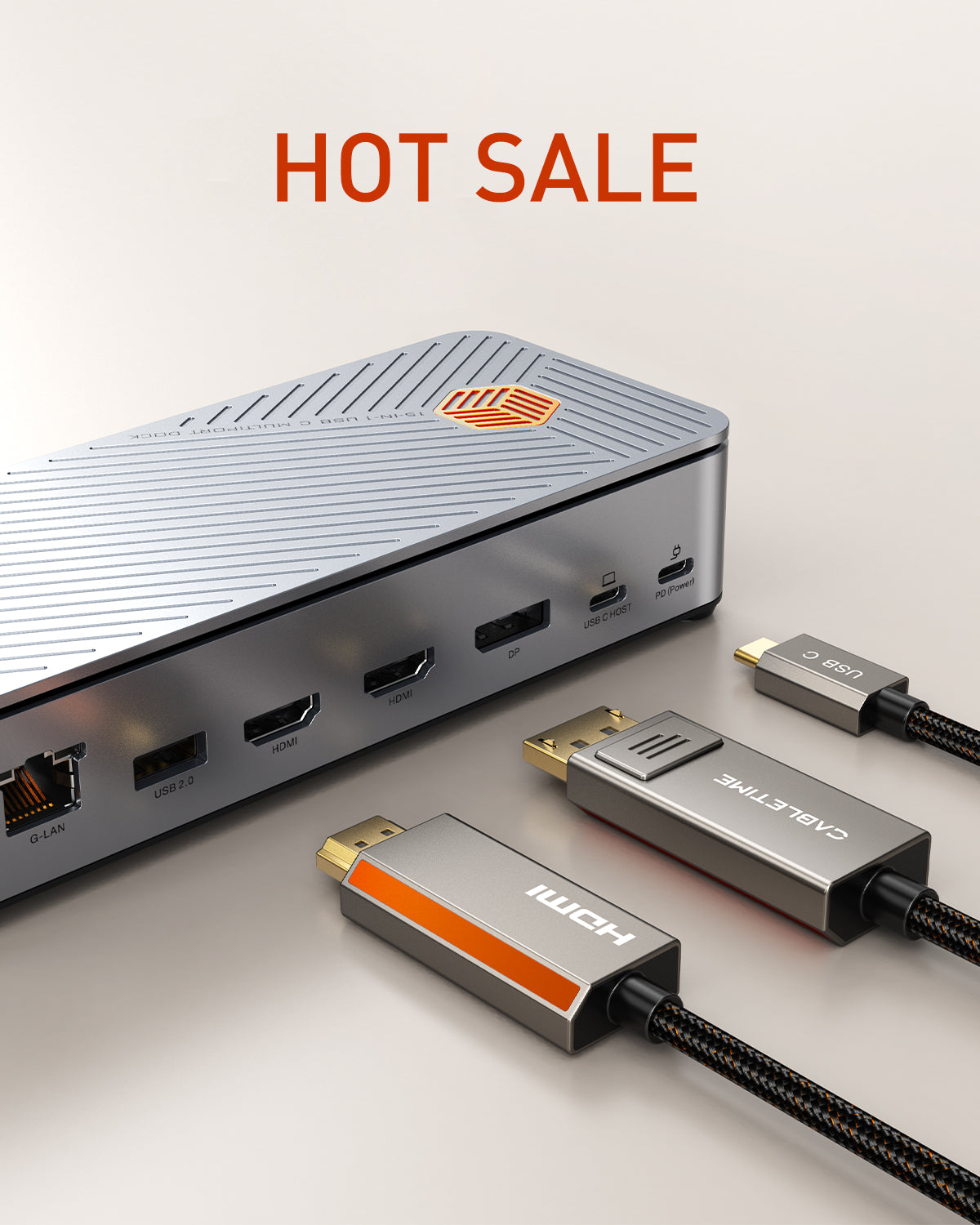
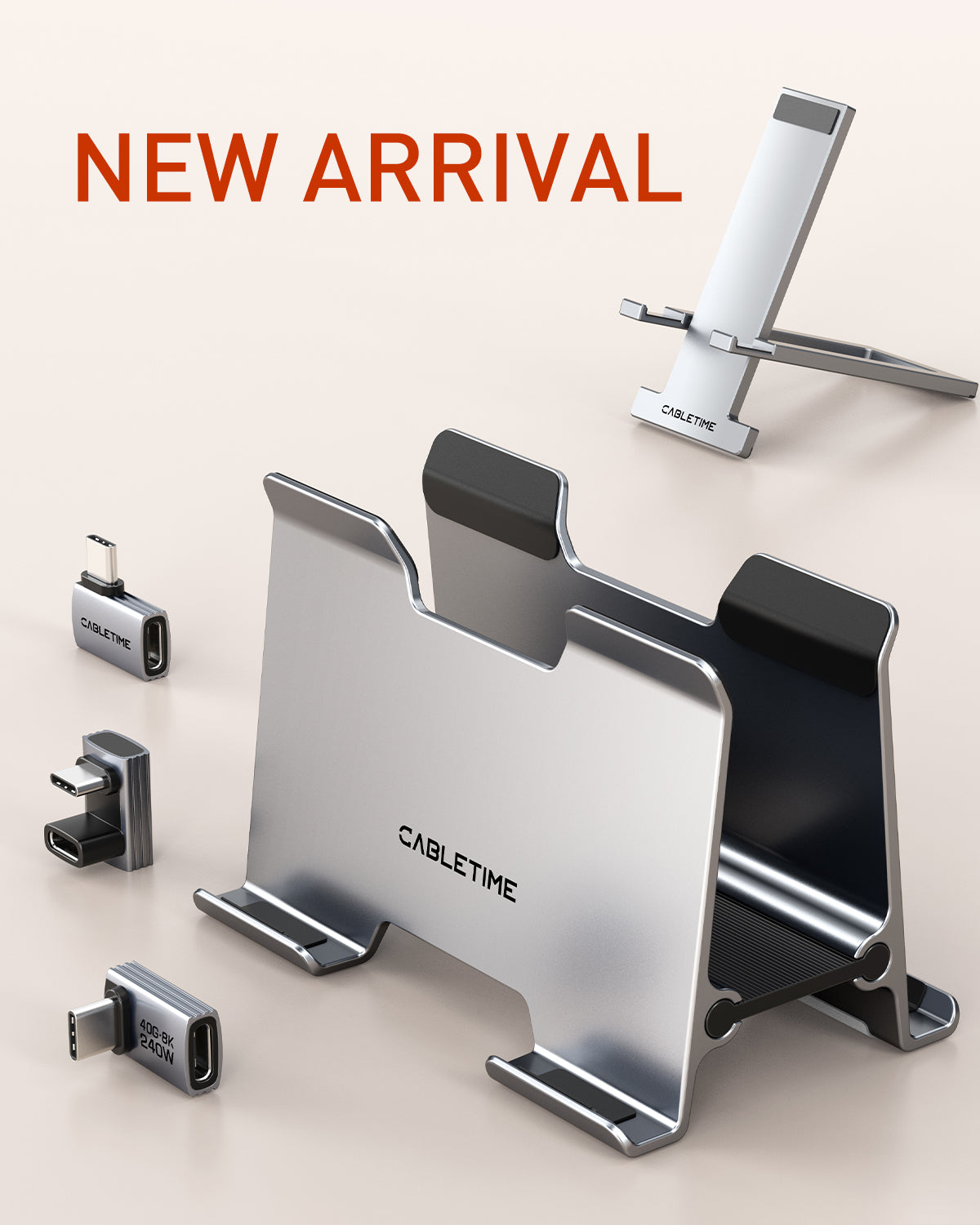
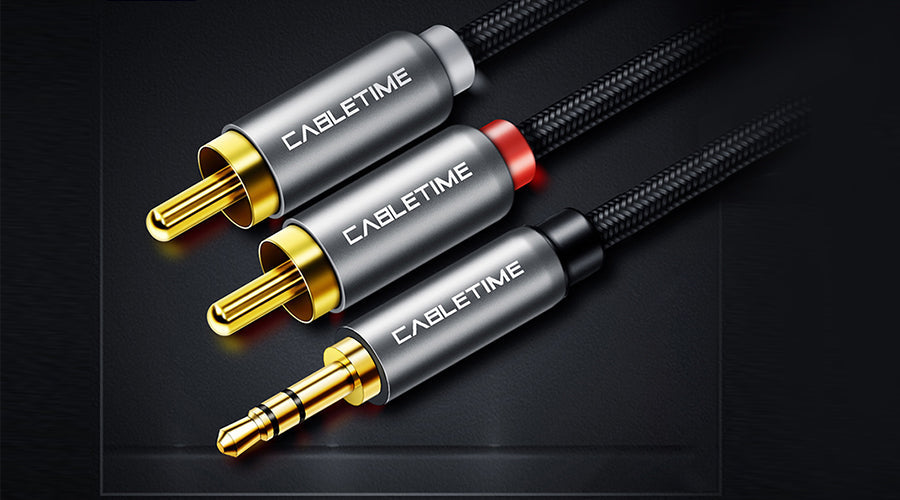
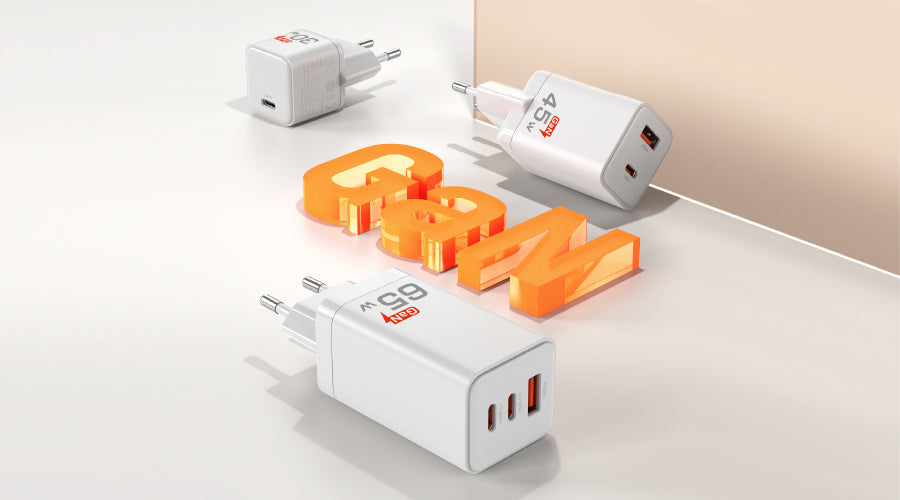
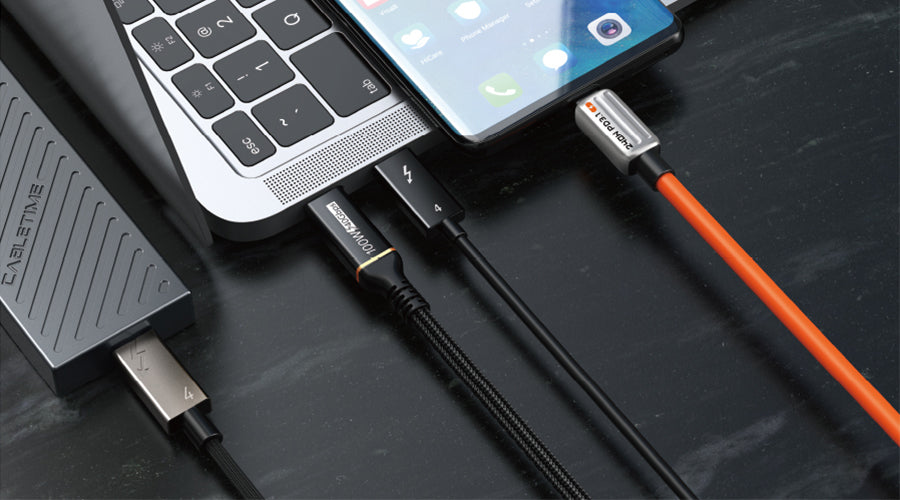
Leave a comment
This site is protected by hCaptcha and the hCaptcha Privacy Policy and Terms of Service apply.